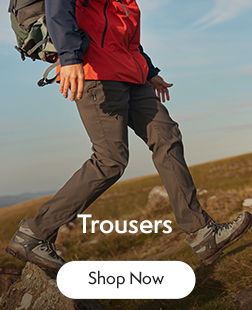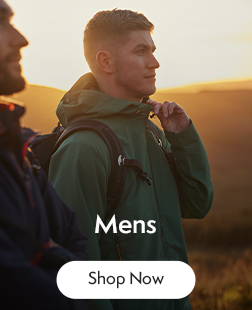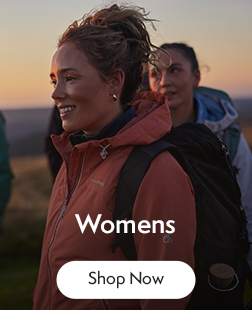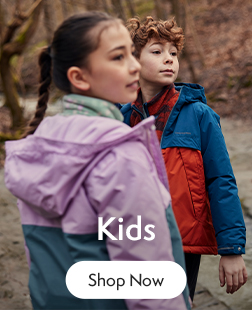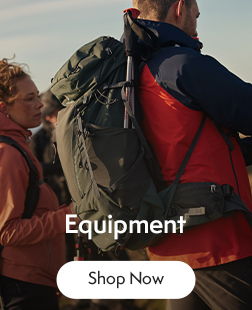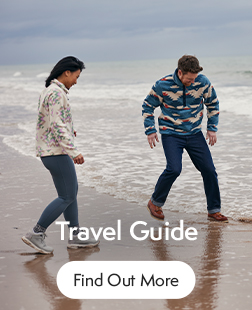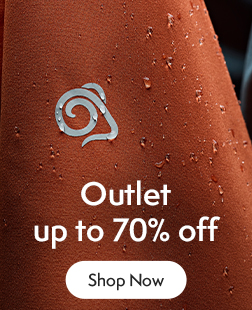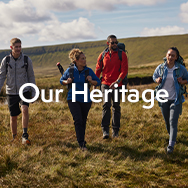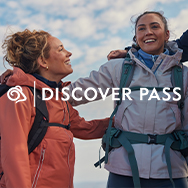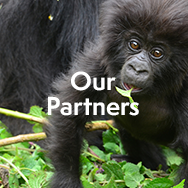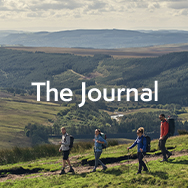Travel Writer's Field Guide: How to start your travel blog
A blog is not a passion, but the manifestation of one. The blog is a platform to explore what makes you feel alive, what gets you excited, what you want to share with the world. The blogs that we cover in this chapter are filed under personal blogs, ones principally written by no more than a couple of people
Starting your blog
A). Find a niche
All of the blogs above have made a good living for the owners, through various mechanisms. But none would have done so without an audience first. They all have several threads in common. The most evident element is niche. Each of these blogs has a clear audience or offers advice on a common problem. We have blogs for solo travellers and women travellers, cycle tourers and budget travellers. Some of the most looked-at blogs are those that help the traveller find the best deals for air miles or credit cards: they solve a particular problem.
As we’ll see when we talk about monetising a blog, a niche allows you to tap in to an existing audience in a very focused way. As niches go, ‘gluten-free travellers’ (of which there are several blogs) is focused enough for you to hit other gluten-free blogs and Facebook groups to promote your blog. It gives you a definable and succinct audience, yet across a big enough market to get sufficient eyes on it to monetise. A clear audience is what the blogger wants, but also it is what potential sponsors and advertisers are hunting for.
B). Follow your passion
When thinking about a niche, follow your passion. Love dogs and Spain? There you go. Love stained glass windows? That’s is where you should head (although we’re not sure how big the market is). A blog is a hungry beast. If it’s something you’re not overwhelmingly passionate about, it’s going to get very dry very quickly, and your readers will pick this up.
C). Manageable
An obvious one, but it needs to be something you can write about regularly and candidly on an almost daily basis. If you want to write about airport lounges, then ensure you’re travelling regularly to many different destinations. The blog about Japanese izakaya culture you want to write? You probably need to be living in the country, rather than just one trip. Even a travelling solo blog will be tricky if you’re only going abroad five times a year.
D). Limitless possibilities
Travelling with children, backpacking, architecture, the themes are limited only by your imagination. Other blogs such as those about air miles or airline deals rely on uncovering the latest news – again an area with a deep well of information to write about. Don’t start a blog that you can see eventually running out of content ideas.
E). Money, money, money
We’re not advocating following the money first (and, as you’ll have picked up by now, if you wanted money then travel writing perhaps isn’t for you), but consider ways to monetise the blog in the planning stages. Sponsorship or advertisements? Partner deals or content creation? Either way, you’ll need an audience first.
Building an audience
You have your subject, you’re confident with your niche, and you’ve uploaded some copy. It’s launch time. Where is everyone? Building an audience is the hardest aspect of starting a blog. It requires time and effort to get your carefully crafted words read. Never lose focus of the plan you’ve written down. You did that, right?
A). Have a cause
Getting people to read your blog is easier if they have the same interest. But getting people to come back again and again requires them to be part of a cause, a movement. What’s your purpose? Do you just write about dog-friendly stays or do you also campaign for more dog-friendly hotels? Will your blog not only inspire but galvanise readers to action? People share on social media not just because they like an article, but because they believe in it.
B). Be compelling
Being compelling is all about good writing. Online, as we cover in the next chapter, there is even less time to grab a reader’s attention. Consider how you read online, what you click on, what gets you interested in a piece, how much of a video you watch. More than likely, you are your perfect audience for your blog. If you’ve never read more than 400 words online, why would anyone else?
C). Branding and design
Your blog is also your brand. It’s an expression of who you are. Flick through some of the websites we’ve recommended above, and you’ll struggle to find a brilliant logo, but they don’t want to look like corporate behemoths. Branding is also tone of voice, visual style, content – and consistency. Remember that most of the people who are reading it won’t know you, so let your personality shine through.
D). Be useful
The place for 130,000 words about a round-the-world trip is in a book. The best place for information is online. Tips, hacks, latest bargains; all of the top blogs offer advice. There is a place for travel features online, but balance is the key. Roads & Kingdoms offers long-form writing with fantastic photography, but it also offers up guides to Ghana and Edinburgh. Be useful.
E). Be regular
Not only is it good for SEO, but it will keep readers coming back. If you build an audience, they’ll expect it. More articles also give you more chances for promotion, more content to put out on social media.
F). Build a network
Starting a blog is to tap partly in to a ready-made audience. Find out where the people who have the same interests as you are: community groups who meet in coffee shops or Facebook groups, it doesn’t matter, but be one of the places where your audience comes together. Talk to bloggers with similar interests and see if you can cross-promote each other’s work. Write about events run by people who are reading your blog. Interview figureheads in your niche. Go to events, swap business cards. Build a network, and you’re more likely to attract potential sponsors.

